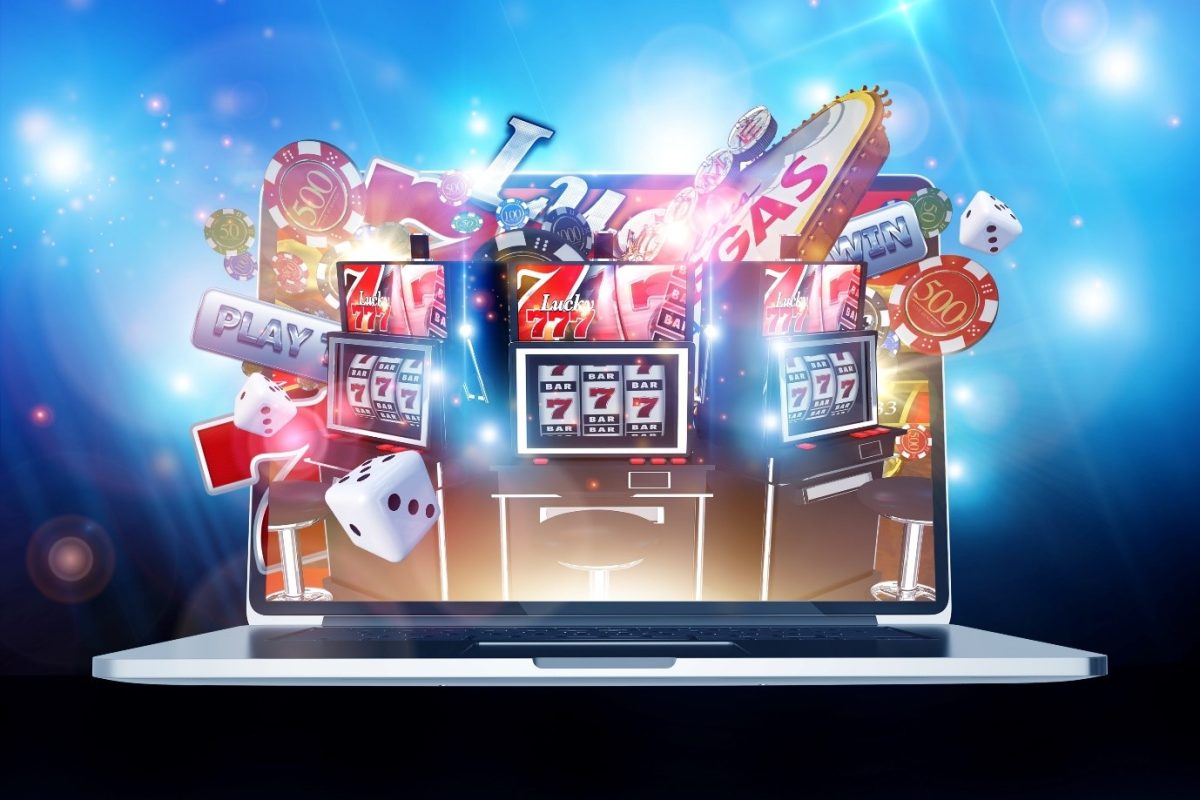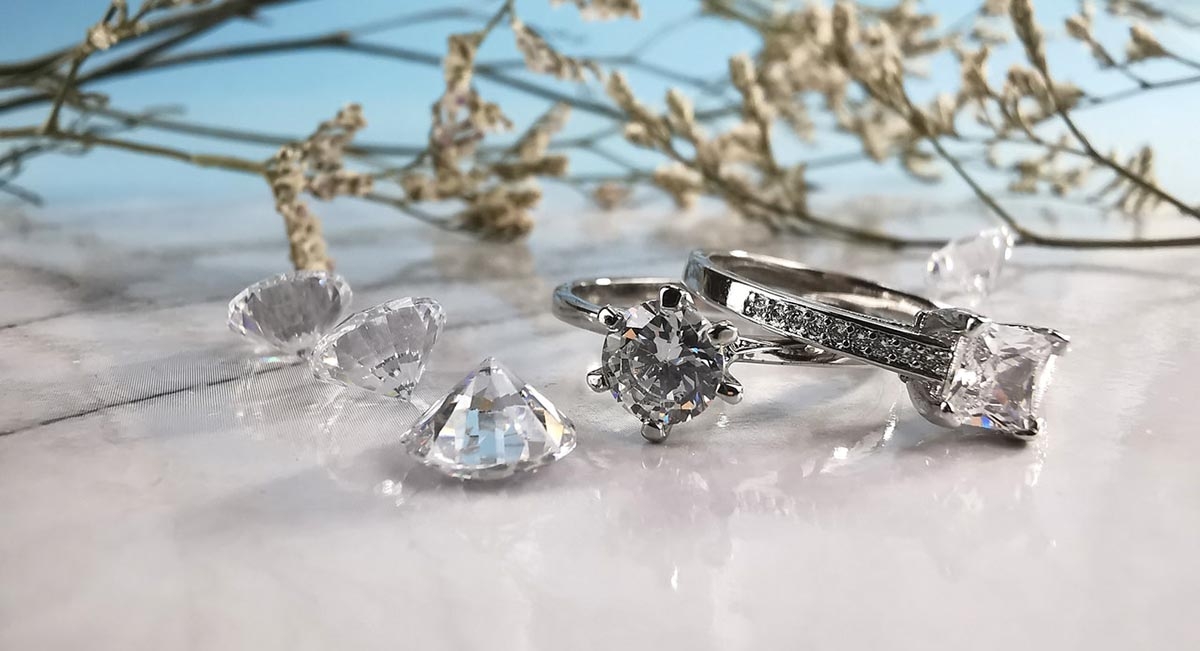
Deciphering the Visual Language of Online Casinos
In online casinos, graphic design isn’t just about aesthetics; it’s a vital tool for effective communication with players. Beyond visual appeal, it serves as a distinct language, guiding users seamlessly through their gaming experience.
Good design also makes players feel they can trust the casino and want to return. Thus, in online gambling, having good graphic design is really important for making players happy and keeping them playing.
In this article, we will explore the intricate relationship between graphic design and user experience (UX) in online casinos. So, with no further introduction, let’s dive right in!
The Psychology in Online Casino Design
The online casino scene is not just about aesthetics. It’s actually a mixture of psychological triggers. This is why we’ll pay attention to each detail in the paragraphs below.
User Experience Design
The user experience (UX) design plays a massive role in shaping the success of online casinos. This includes a series of elements like seamless navigation and a simple user interface, satisfying users who interact with the platform.
Developers can create the perfect casino design if they understand user behaviour, preferences and habits. With all these details at hand, they can create an environment that’s attractive and has the power to keep users on the platform for longer.

A perfect UX design usually includes features such as simple registration processes, a clear layout of games, and responsive customer support that contribute to a seamless user experience, ultimately enhancing customer loyalty and engagement.
Color Psychology and its Impact on Emotions and Decision-making
Another vital aspect of design in online casinos that influences players’ emotions and decisions is colour psychology. For instance, red might make people feel excited, while blue makes them feel calm and trusting. Designers pick colours carefully to create the right atmosphere and make players feel good.
On top of that, certain colour schemes can help the players recognise a brand in the competitive gambling market.
Sound Effects and Music
Sound effects and music have their part in creating immersive environments in online casinos.
From the moment a new user enters the platform, carefully crafted audio elements can enhance the overall gaming experience, making it more engaging and enjoyable. Whether it’s the ringing of slot machine reels, the cheers of virtual crowds, or the soothing background music, sound can evoke emotions and heighten the excitement of gameplay.
Designers can captivate the attention right from the get-go if they use appropriate soundtracks and effects that complement the theme and ambience of the casino.
Gamification Techniques
Designers make online casino games more fun by adding gamification elements. We refer here to levels, rewards, and bonuses. For instance, SlotsCalendar casino bonuses make players feel like they’re achieving something and encourage them to keep playing. It’s like a video game where you unlock new perks as you go along.
Website and Interface Design
In today’s digital era, when people quickly lose interest, and many other options compete for their attention, a website’s design or interface is critical in captivating and retaining users. Have a look at the elements that make all this happen.
Responsive Design and Intuitive Navigation
A responsive design is mandatory nowadays, given the device diversity you see on the market today. A website or interface must adapt to different screen sizes and resolutions, ensuring the content remains the same with no alterations.
The experience must remain consistent and user-friendly across desktops, tablets, and smartphones. With the help of elements like clear menus, logical organisation, and strategically placed calls-to-action, the users will navigate easily, minimising frustration and maximising engagement.
Visual Hierarchy and the Placement of Key Elements
Visual hierarchy is all about organising elements on a page in a way that helps users understand what’s important and where to look first.
Designers do this by arranging elements like headlines, images, and buttons in a strategic order. They use tricks like making things bigger, using different colours, creating contrast, and spacing things out in a certain way. This helps guide users through a website or app, making it easier for them to find what they need and complete tasks.
When done well, visual hierarchy makes sure that important information stands out, making users happier and more successful in using the interface.
Animations and Graphics
Animations and graphics are like magic ingredients that make websites and apps more interesting and fun to use.
When designers add animations, like smooth transitions or cool interactive effects, it grabs people’s attention, helps them understand what’s happening, and gives them feedback when they do something. This makes the interface feel alive and lets users interact with it more.
Plus, interesting pictures and visuals, like drawings, icons, and videos, don’t just make things look nice—they also help people understand everything better and make the brand more memorable. When designers find the right mix of the right appeal and usability, they can create experiences that really stick with users and make them feel something special.
Personalisation Features
Understanding that people have different preferences and needs and giving them ways to personalise their experience can make them happy and keep them coming back.
When users can adjust things like how the layout looks, get recommendations based on their interests, or change settings to fit their preferences, it makes them feel like they’re in charge and that the product or service is really theirs.
While using information about what users do and like, designers can offer them content that’s just right for them—like content they’ll enjoy or products they’ll want to buy. This makes users more interested and connected, building strong relationships that last a long time.
Building Trust and Credibility Through Design
As this is an industry that most people are sceptical of, trust and credibility are vital. In this contest, design has an essential role in building and maintaining players’ trust.
All this can happen through clear communication and transparency, especially regarding terms and conditions, payment processes, and privacy policies.
At the same time, security features such as encryption technologies provide peace of mind, while social proof and testimonials help establish credibility.
All these elements strengthen the bond between players and the casinos, making players feel that all their achievements are in good hands.
Conclusion
Designing online casinos involves more than just making them look good. It’s about understanding how people think and behave so casinos can keep players interested and coming back. But it’s important to use this power responsibly.
Designers must think about what’s right and ensure players can have fun without getting into trouble. As the casino industry grows and changes, designers need to stay on their toes and make sure everyone can enjoy playing safely.








